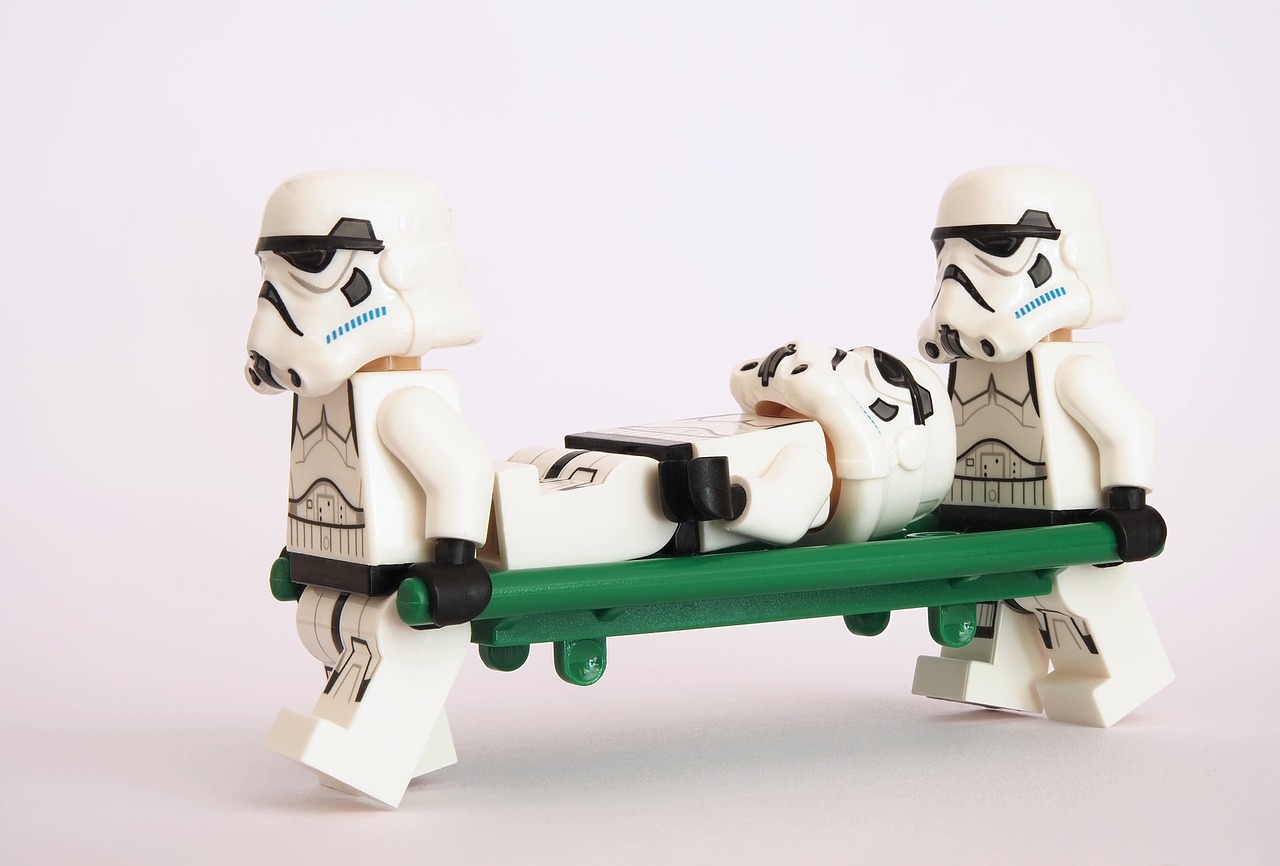People in the course of their life are very often faced with a variety of injuries. A bone fracture is one of the most common injuries, characterized by a break in the integrity of bone tissue.
How to know if it is a bone fracture
In fractures:
There is severe pain in the injured area;
changes in the shape of the limb, the position of the limb is unusual;
impaired motor function;
swelling develops in the injured area, and blood clots may form under the skin.
First Aid for Closed Fracture
Providing first aid for a closed fracture, you should immediately contact an ambulance. After that, you should immobilize the broken limb and, if possible, apply ice or a cold object to the injury site. The person can be given a pain medication. If you transport yourself, a splint is put on from improvised objects: a board, a stick, a ski, etc.
If no improvised means are available, the injured limb is strapped to the uninjured limb. During transportation, the injured person should lie down – a broken limb should be lifted slightly.
First aid for an open fracture
Such an injury is extremely dangerous, because the wound can be infected. First aid for an open fracture begins with stopping the bleeding with a pressure dressing or tourniquet if there is significant blood loss. Antiseptics are used to treat the skin around the wound. In order to transport the victim, a splint must be carefully applied without touching the wound.
Types of Fractures
HAND FROUND
First aid for arm fractures is based on the rapid immobilization of the limb, the application of the splint and fixation. Severe pain is relieved with painkillers. If painful shock began to develop, the victim is warmed, given hot tea. It should be noted that drinking is forbidden if the patient vomits or has an abdominal trauma. When the symptoms of shock are eliminated, the injured person can be moved.
An open arm fracture requires stopping bleeding using a tourniquet, which is applied above the injury. Antiseptics are used to treat the wound. After stopping the bleeding and treating the wound, it is necessary to carry out the procedure of fixation of the arm.
It is strictly forbidden to attempt bone reduction.
FRACTURE OF THE LEG
First aid for leg fractures involves the use of a splint with which to fix the limb. An open injury may bleed, so you should stop the bleeding by using a tourniquet. The wound is treated with antiseptics, and if the victim feels severe pain, anesthetics are used.
It is strictly forbidden to try to set the bone on your own.
SPINAL FRACTURE
A spinal fracture is a severe injury that is life-threatening for the victim. Painkillers for such a fracture should be given very quickly, with the immediate need to perform fixation of the body. Boards, doors, plywood are used to move the person. The head is fixed with a rigid collar of suitable objects.
It is forbidden to sit down, try to put up, pull on limbs, and straighten the victim’s spinal column.
PELVIC FRACTURE.
A pelvic fracture can be accompanied by severe complications and internal bleeding, sometimes ending in disability and death. When providing first aid in such cases, you should examine the victim, immobilize him in the supine position (knees should be bent), fix the pelvis and raise the knees with a roller. In addition, you should constantly monitor the condition of the patient, until the arrival of the doctors.
It is forbidden to sit or try to put the patient up.
RIB FRACTURE.
Rib fractures can damage internal organs and the cardiovascular system, which is very dangerous for the victim. However, a simple fracture of one or two ribs does not require the attention of specialists – the patient recovers on his own. In complicated cases, it is necessary to urgently hospitalize the injured person and provide him with qualified assistance.
This type of fracture requires rest, so it is worth limiting active movements and sports.
KNEE FRACTURE
First aid for lower leg injuries consists of fixing the limb, applying a splint, taking painkillers by the patient. If there is bleeding, a tourniquet is put on.
It is strictly forbidden to set the bone.
KNEE FRACTURE
Shoulder trauma can be complicated by internal hemorrhage, which is extremely dangerous to health. The patient needs to be immobilized with a splint for the fracture, and painkillers should be given. The patient should be moved in a sitting position.
The shoulder should not be repositioned and the patient should not be carried without fixation of the limb.
HIP FRACTURE
This type of fracture can be complicated by massive hemorrhage into the thigh tissues and injury from bone fragments. When a hip fracture occurs, you should stop the bleeding with a tourniquet, use analgesics for pain relief, fix the limb, immobilize the patient, and take him to the clinic.
Do not self-repair the hip or pull the limb.
